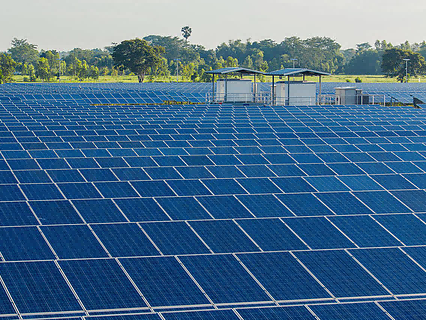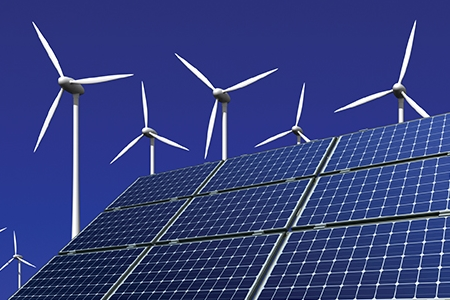
(The town, which had been lighted everywhere, was rarely in darkness.)
Madrid, Spain (Local Time) — April 28, 2025, Spain experienced its worst power outage in a decade, plunging over 3 million residents in Madrid, Barcelona, and other major cities into darkness for six hours. Subways halted, hospitals relied on backup generators, and economic losses are estimated at €200 million. While Spanish grid operators initially attributed the crisis to "overloaded transmission equipment," the incident has reignited global scrutiny of Europe’s deepening energy challenges: aging infrastructure and aggressive green transition policies are clashing, even as China’s breakthroughs in renewable technology and systemic integration offer fresh insights for global energy transformation.
Behind the blackout: the “double senility” of Europe's power system
Spain is not alone. Data from the European Network of Transmission System Operators (ENTSO-E) reveals that 70% of the EU’s high-voltage transmission equipment is over 30 years old, with some Eastern European substations still relying on Soviet-era technology. Germany’s 2021 blackout in the Rhineland and France’s 2022 power shortages due to nuclear plant maintenance further highlight risks posed by outdated infrastructure and lagging digital upgrades.
Meanwhile, Europe’s rush to replace fossil fuels with renewables has outpaced grid modernization. The International Energy Agency (IEA) reports that EU wind and solar capacity surged 58% over the past five years, but grid upgrades progressed at only a third of that pace. “Solar power from southern Spain cannot efficiently reach industrial hubs in the north. We lack both storage solutions and smart grids tailored to renewable systems,” said Carlos Fernández, a Spanish energy analyst.

(solar power)
Post-Ukraine war, Europe’s scramble to cut reliance on Russian fossil fuels has backfired. Intermittent wind and solar power forced countries to revive coal plants or pay premium prices for liquefied natural gas (LNG). In winter 2023, German household electricity prices hit a record €0.45 per kWh (approx. $0.49), fueling inflation and exposing the precarious balance between energy security and carbon neutrality.
“Europe needs at least €100 billion annually to modernize grids, but member states are deadlocked over funding and technical roadmaps,” said Emily Clarke, a researcher at a Brussels-based energy think tank. “Political fragmentation is stifling innovation.”
As Europe struggles, China’s renewable sector has entered a phase of large-scale deployment. According to China’s National Energy Administration, wind and solar accounted for over 15% of national power generation in 2023. Its ultra-high voltage (UHV) transmission technology, with 95% efficiency, now channels clean energy from western deserts to eastern megacities. The Ningxia-Zhejiang ±800 kV UHV project alone displaces 15 million tons of coal annually.
More striking is China’s vertical integration in solar manufacturing: it controls 80% of global solar panel production, with costs plummeting 90% in a decade. A 2022 International Renewable Energy Agency (IRENA) report noted China accounted for 43% of global renewable investments. Its “renewables + storage + UHV” model is now being adopted in regions from the Middle East to Africa.
“Energy transition isn’t just swapping hardware—it demands national strategic planning and industrial synergy,” said Zhang Zhiyong, an energy expert at the National University of Singapore. “China’s approach—scaling deployment to cut costs, then reinvesting in R&D—could redefine global pathways.”

(Wind photovoltaic power generation)
Despite China’s strides, worldwide grid modernization requires cross-border cooperation. Can Europe learn from China? Compatibility hinges on technical standards: China-led UHV standards have been adopted by the International Electrotechnical Commission (IEC), while the EU’s proposed “supergrid” may need Chinese expertise in flexible DC transmission.
Spain’s blackout serves as a wake-up call. As climate change accelerates the fossil fuel phaseout, solving grid decay and energy inequality demands transcending geopolitical rivalries through technology sharing. China’s progress proves that the renewable revolution isn’t just about clean energy—it’s a transformative shift in industrial systems, infrastructure, and global governance.
(Data sources: International Energy Agency, ENTSO-E, China National Energy Administration, World Bank)
 Hot News
Hot News2025-04-30
2025-04-25
2025-04-15